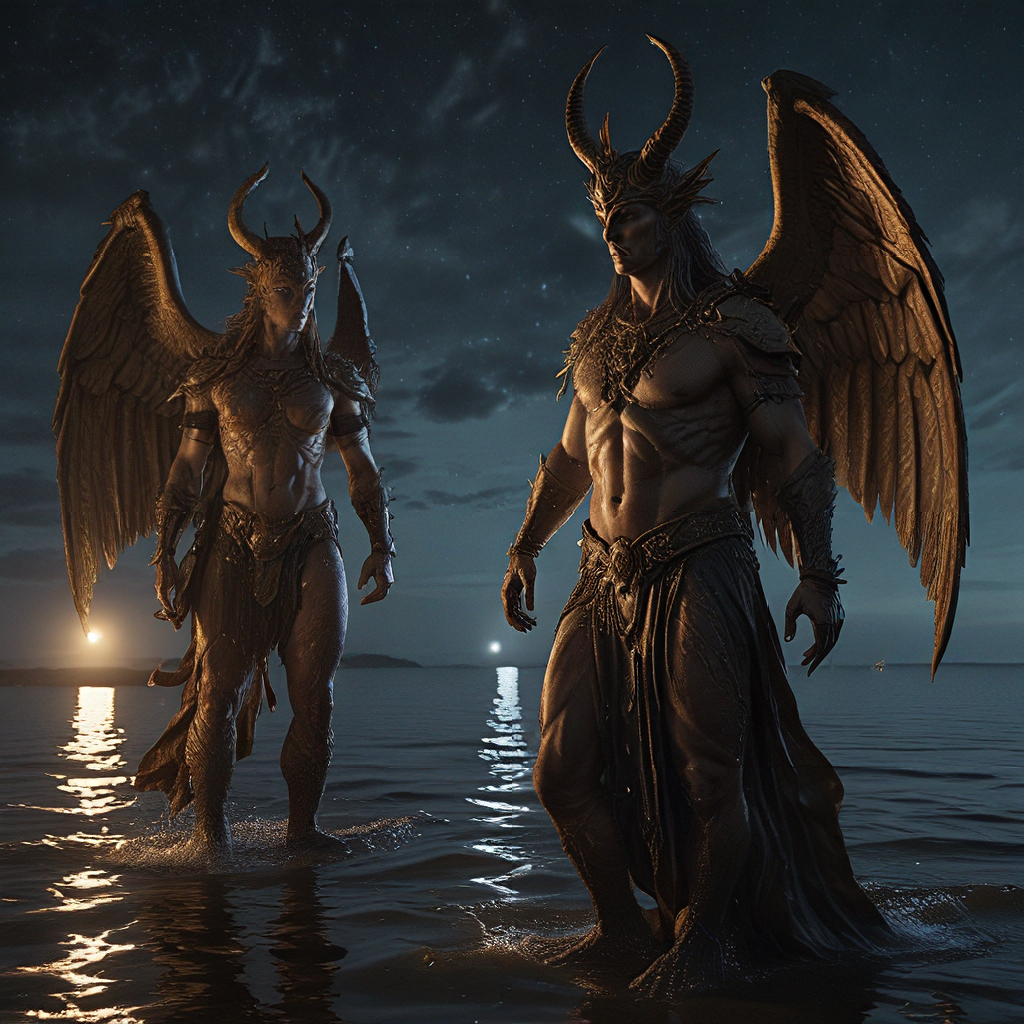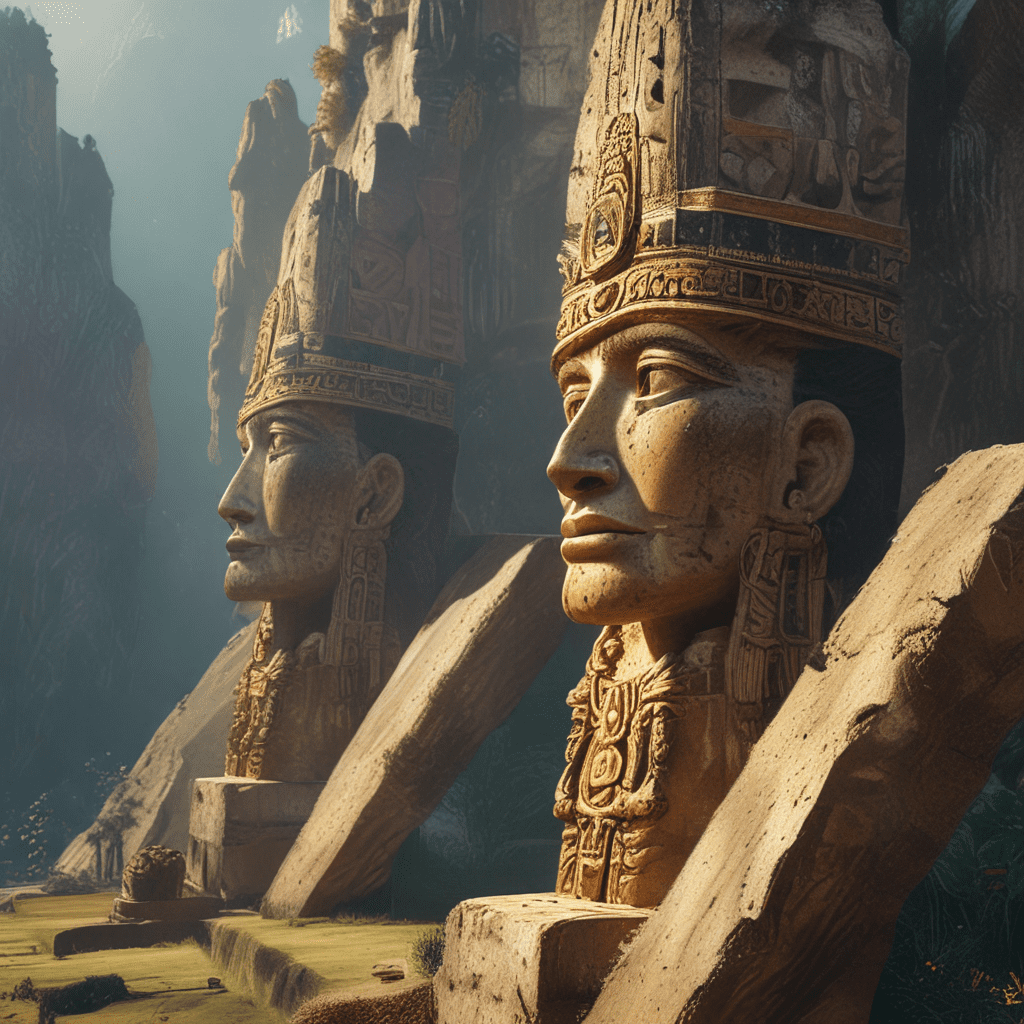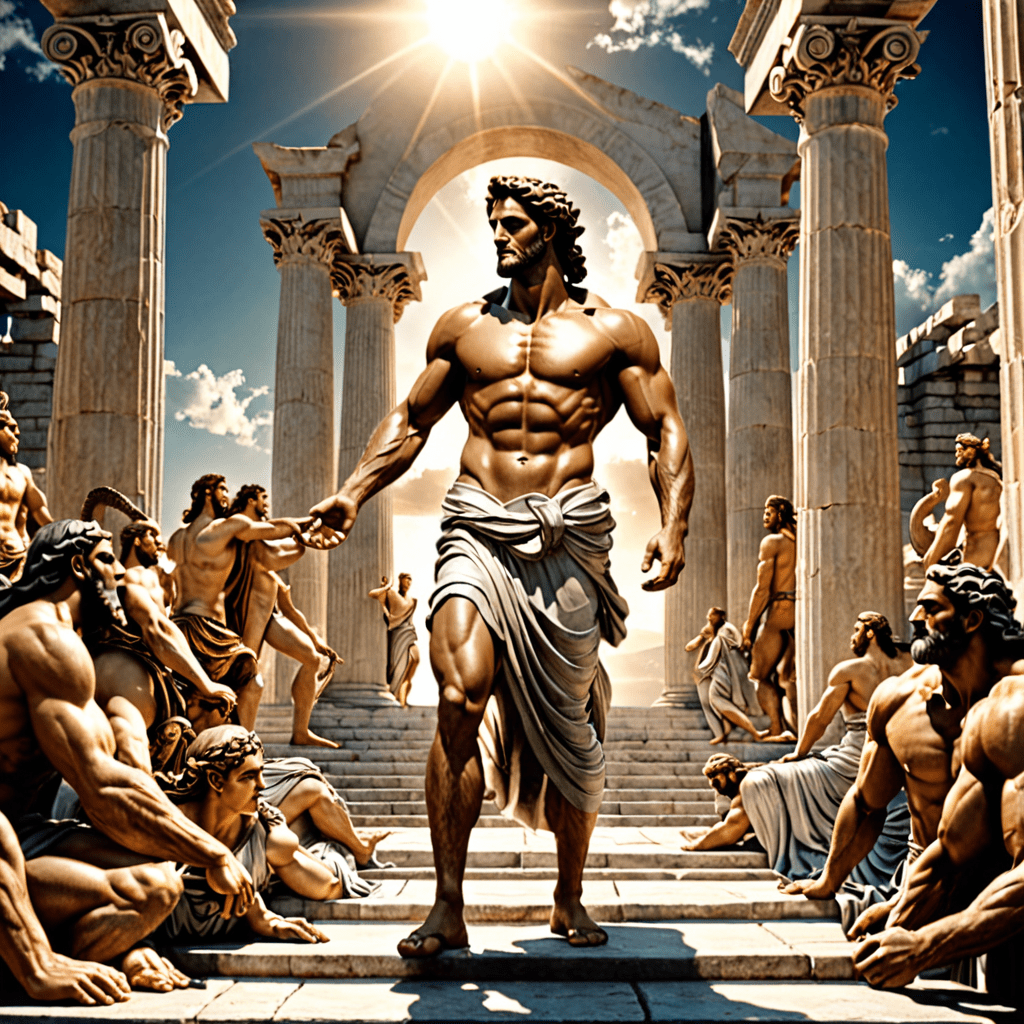Baltic Mythology: An Introduction
The Baltic region, encompassing countries like Lithuania, Latvia, and Estonia, is steeped in a rich tapestry of folklore and mythology. These ancient beliefs, passed down through generations, offer a fascinating window into the cultural and spiritual landscape of the Baltic people. Baltic mythology is unique in its focus on nature and the cyclical rhythms of life, death, and rebirth.
Central to Baltic mythology are the concepts of fate, destiny, and the interconnectedness of all things. The gods and goddesses are not distant, aloof figures, but rather active participants in the lives of humans. They are connected to the elements of nature, to the land, the sea, the forests, and the skies. They are also closely associated with the cycles of the seasons, reflecting the deep reverence for the natural world that permeates Baltic culture.
Nighttime in Baltic Folklore
The Baltic people, like many ancient cultures, held a profound reverence for the night. It was a time when the veil between the worlds thinned, when spirits and otherworldly beings were believed to walk among the living. Nighttime was a time of both mystery and danger, a time for caution and respect for the unseen forces that ruled the darkness.
The night was not merely a time of rest and sleep, but also a time for reflection, storytelling, and the honoring of ancestors. The ancient Balts believed that the spirits of the dead lingered in the night, offering guidance and protection to their living descendants. Stories and songs were passed down through generations, preserving the wisdom and knowledge of the past.
The Kurši: Guardians of the Night
The Kurši are a fascinating group of mythical beings in Baltic folklore. They are often depicted as tall, strong, and menacing figures who reside in the forests and mountains. The Kurši are associated with the night and the wilderness, and they are said to be the guardians of the forest, protecting it from harm.
In Latvian folklore, the Kurši are sometimes described as having long, flowing hair, and they are known for their strength and their ability to control the wind and storms. They are also said to have magical powers, including the ability to transform into animals and to communicate with other supernatural entities.
The Laima: Weaver of Fate and Destiny
In Baltic mythology, Laima is a powerful goddess who is responsible for the destiny of each individual. She is often depicted as a woman with spinning wheels and shears, weaving the threads of fate for newborns, determining their life path, and influencing their health, fortune, and happiness.
Laima is a complex figure, embodying both creativity and destruction. She is responsible for the birth of new life, but she also has the power to control death. She is a symbol of the interconnectedness of life and death, and she reminds us that our destinies are not entirely in our own hands.
The Velns: A Complex Figure of Darkness
The Velns, often seen as the Baltic counterpart to the Devil, is a complex and often misunderstood figure in Baltic folklore. He is not necessarily evil, but rather a powerful and unpredictable force of darkness. The Velns can be both destructive and helpful, and his actions are often determined by the choices and actions of humans.
He is often associated with temptation, greed, and deceit. However, the Velns can also be a protector, offering aid to those who are in need. His true nature remains shrouded in mystery, reflecting the complexities of good and evil that are present in all of us.
The Role of Spirits in Baltic Nighttime Beliefs
Nighttime in Baltic mythology was a time when the veil between the worlds thinned, allowing spirits to interact with the living. These spirits were not necessarily evil, but rather a part of the natural order, reflecting the interconnectedness of all things. They were connected to the elements, to the land, and to the ancestors.
Various spirits populated the Baltic night:
- Ūdens gari: These were the spirits associated with water, particularly rivers, lakes, and the sea. They could be benevolent, offering protection and guidance, or mischievous, playing pranks on those who angered them.
- Meža gari: These were the spirits of the forests, representing the wildness and mystery of the woods. They could be protectors of the forest, guarding its creatures and its secrets, or they could be dangerous, leading people astray or causing harm.
- Nama gari: These were the spirits of the home, protecting the family and ensuring their well-being. They were often associated with the hearth and the ancestors, representing continuity and tradition.
These spirits were not to be feared, but respected. Baltic people believed that proper rituals and offerings could ensure the spirits' favor, while disrespect could incur their wrath.
Theories on the Origins of Baltic Nighttime Mythology
The origins of Baltic nighttime mythology are deeply intertwined with the history and culture of the region. Several theories attempt to explain its development:
- Animism: This theory suggests that the ancient Balts saw spirits and supernatural beings in every aspect of nature, from the trees and rivers to the stars and the moon. This belief in the inherent spirit of all things led to a complex system of beliefs and rituals surrounding the natural world.
- Indo-European Roots: Baltic mythology shares similarities with other Indo-European mythologies, particularly those of the Slavic and Germanic cultures. This suggests a common origin and a shared history of storytelling and cultural exchange.
- Local Influences: The Baltic region's unique geography, with its forests, coastline, and proximity to the sea, has also influenced its mythology. The natural landscape provided a rich source of inspiration for stories about spirits, mythical creatures, and the mysteries of the night.
While the exact origins of Baltic nighttime mythology remain shrouded in mystery, these theories offer insight into its development and its enduring significance in Baltic culture.
The Influence of Nature on Baltic Nighttime Beliefs
Baltic mythology is deeply rooted in the natural world. The region's geography, with its forests, rivers, and coastline, played a crucial role in shaping the beliefs surrounding spirits, the night, and the unseen forces at work.
- Forests: The forests held a special significance for the ancient Balts. They were seen as both a source of life and a place of mystery, home to spirits, mythical creatures, and the ancestors. The forest was a place of both beauty and danger, where one had to be cautious and respect the unseen forces at work.
- Water: Water was another vital element in Baltic mythology. Rivers, lakes, and the sea were seen as powerful forces, capable of both giving life and taking it away. They were home to water spirits, both benevolent and malevolent, and they played a significant role in rituals and ceremonies.
- Sky: The sky, with its stars, moon, and sun, was also a source of inspiration for Baltic mythology. The celestial bodies were seen as powerful forces that influenced the world, and they were often associated with gods and goddesses, reflecting the interconnectedness of all things.
The natural world was not just a backdrop for Baltic mythology; it was integral to its very essence. This deep connection to nature continues to shape the cultural landscape of the Baltic region today.
The Enduring Power of Baltic Nighttime Mythology
Despite the passage of time and the influence of other cultures, Baltic mythology continues to hold a special place in the hearts and minds of the region's people. It is evident in:
- Folklore: Stories, songs, and proverbs passed down through generations preserve the essence of Baltic mythology, reminding people of their ancestral beliefs and traditions.
- Art and Literature: The themes and imagery of Baltic mythology continue to inspire artists, writers, and musicians, finding expression in paintings, sculptures, poetry, and music.
- Holidays and Festivals: Traditional holidays and festivals, such as Midsummer Night, are steeped in Baltic mythology, offering opportunities to celebrate the natural world and the spirits that reside within it.
Baltic nighttime mythology is a testament to the enduring power of storytelling, reflecting the deep connection between humans and the natural world. It offers a glimpse into the rich tapestry of beliefs and traditions that have shaped the Baltic region for centuries.
FAQ
- Q: What are some common Baltic nighttime creatures?
- A: There are many! Some include the Kurši (forest guardians), the Laimas (weavers of fate), the Velns (a figure of darkness), and various water spirits.
- Q: Was nighttime seen as a time of fear in Baltic mythology?
- A: While the night held mystery and danger, it was also a time of respect for the spirits and for the ancestors. It was a time for storytelling and honoring the past.
- Q: How does Baltic mythology relate to nature?
- A: Baltic mythology is deeply rooted in nature, and spirits are associated with specific elements like forests, water, and the sky. The natural world is seen as interconnected and powerful.
- Q: Is Baltic mythology still practiced today?
- A: While the ancient beliefs may not be practiced in their original form, their influence is still felt in folklore, art, and traditions. They continue to inspire and shape Baltic culture.



